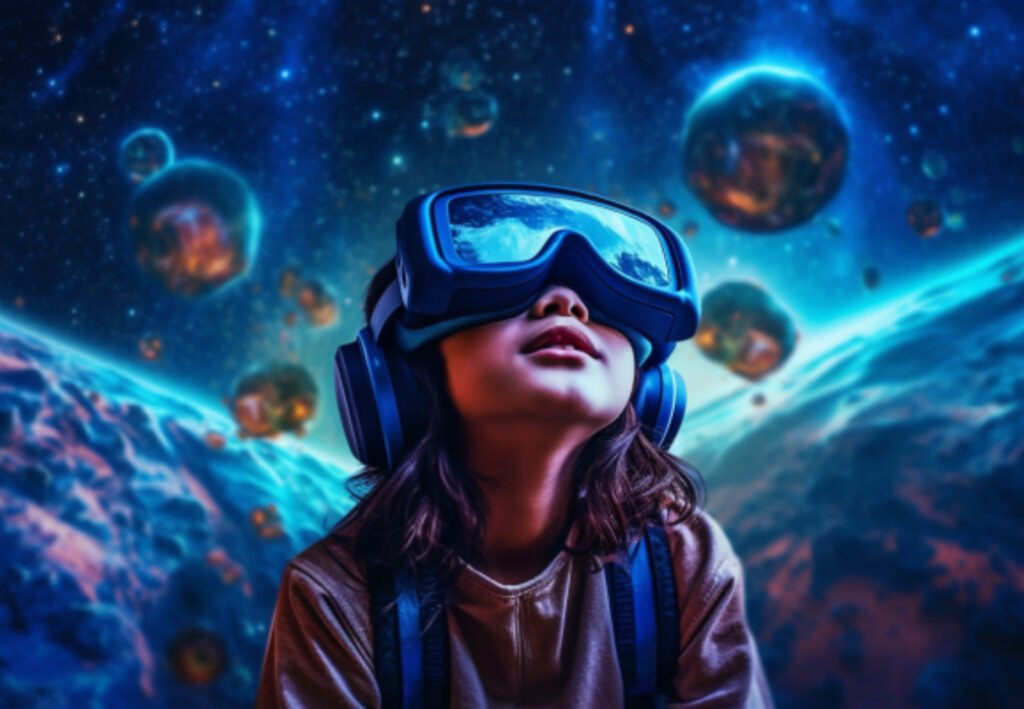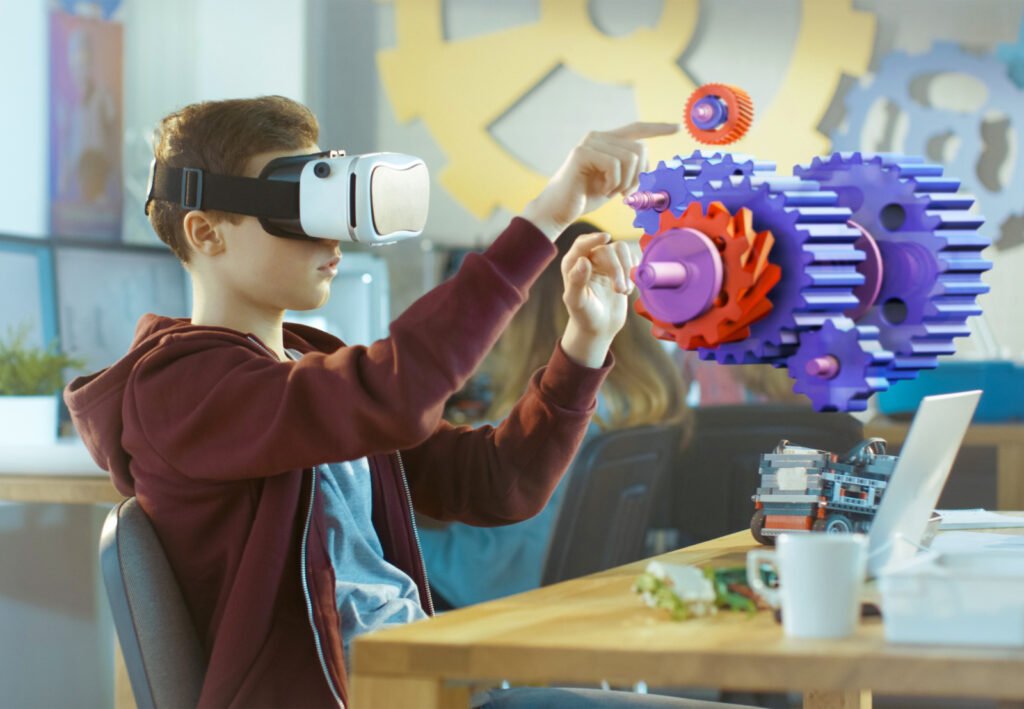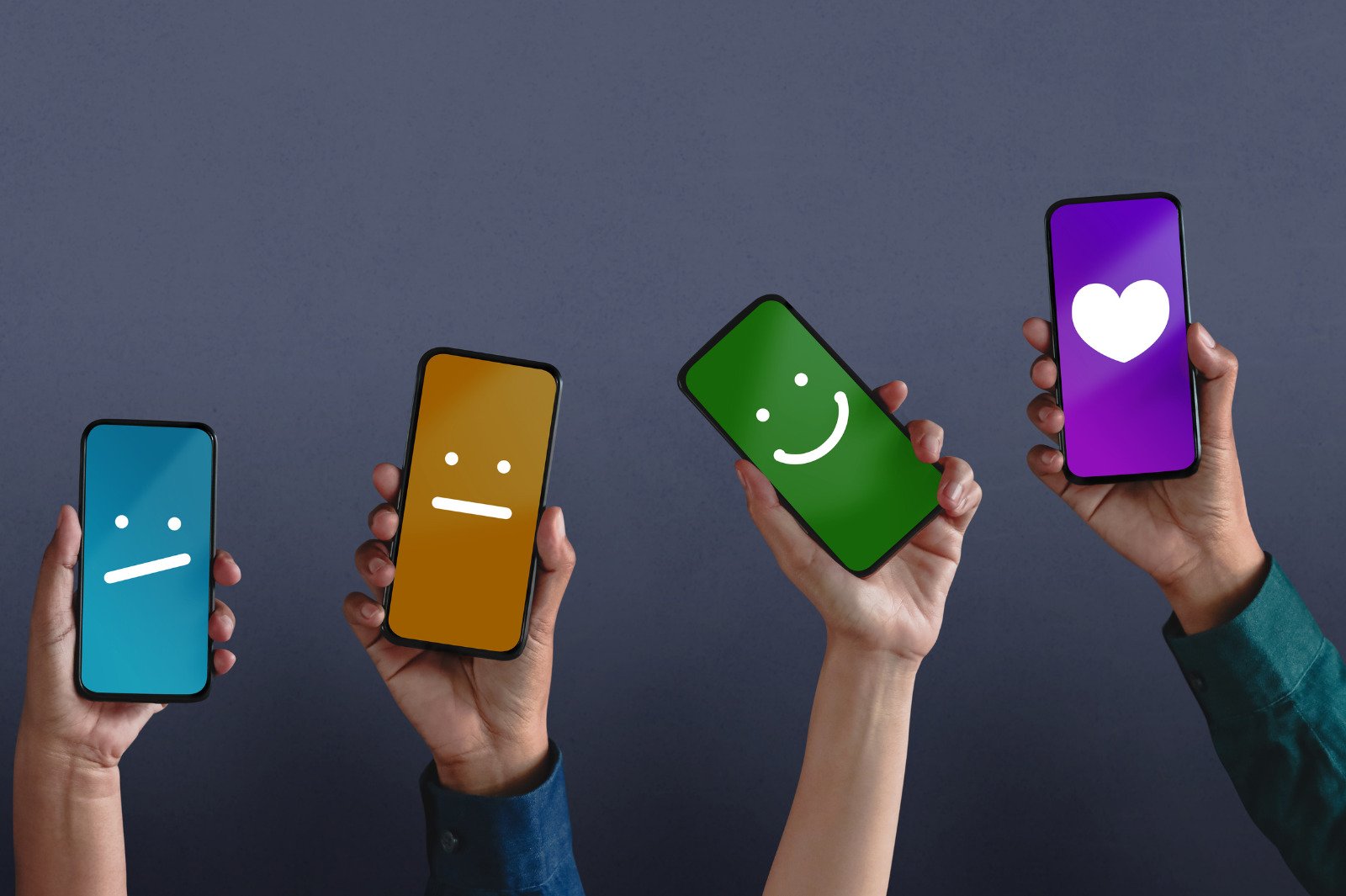Revolutionizing Learning: The Rise of Virtual Reality in Education
"
In this article, we’re exploring the benefits of using virtual reality in education, discussing how it enhances student engagement, fosters personalized learning, motivates students, and makes learning an exciting and dynamic adventure like never before.
In recent years, education has undergone a remarkable transformation thanks to the arrival of Virtual Reality (VR).
This groundbreaking technology has not only made learning exciting and innovative but has also shattered the age-old notion that education has to be a dull and monotonous task.
VR has opened new doors for educators and students alike, offering immersive learning experiences and innovative teaching methods that were once the stuff of science fiction.
7 Dynamic Benefits of Using Virtual Reality in Education
Let’s discuss the seven remarkable benefits that Virtual Reality brings to the learning experience.
1. Immersive Learning
One of the most compelling advantages of educational VR is its ability to immerse students in 3D educational experiences.
Traditional textbooks and two-dimensional screens can only go so far in conveying complex concepts.
VR, on the other hand, allows students to step into a virtual world where they can explore subjects like never before.
Whether exploring the pyramids of Egypt or journeying through the human circulatory system, students can now learn by doing, making learning more vivid and memorable.
2. Enhanced Student Engagement
Student engagement is the keystone of practical education, and VR excels in this department.
Active student engagement leads to better retention and interest in the subject matter.
Virtual reality provides an interactive and dynamic learning environment that captivates students’ attention, making lessons more exciting and enjoyable.
3. Personalized Learning Experiences:
Educational VR applications can be tailored to meet individual students’ unique needs and learning styles.
This personalization ensures that each student receives the support and challenges required to excel.
Whether a student needs additional practice in a specific area or desires more advanced content, VR can adapt to accommodate these preferences, fostering a more effective and efficient learning journey.
4. Multisensory Learning
Humans learn through multiple senses, and VR takes full advantage of this fact.
By incorporating visual, auditory, and even tangible elements into the learning process, VR offers a multisensory approach that appeals to a broader range of learners.
Taking a holistic approach can be especially advantageous for students who have different learning abilities.
5. Innovative Teaching Methods
VR empowers educators to explore innovative teaching methods that were previously out of reach.
Teachers can simulate real-world scenarios, conduct virtual experiments, or even take students on virtual field trips to enhance their understanding of various subjects.
This newfound versatility in teaching enables educators to break free from traditional constraints and deliver genuinely transformative learning experiences.
6. Remote VR Education
The COVID-19 pandemic accelerated the adoption of remote learning, and VR has played a pivotal role in making this transition more seamless.
Even when students are physically separated, they can collaborate in virtual classrooms on projects, participate in discussions, and engage in immersive learning experiences.
This makes education accessible to a broader audience, rising above geographical boundaries.
7. Student are extremely Motivated while Using VR
One of the most potent aspects of VR in education is its ability to boost student motivation.
When students are excited about learning and feel a sense of achievement within the virtual environment, their motivation to excel naturally increases.
This motivation can lead to improved academic performance and a genuine passion for knowledge.
Now that we have discussed the benefits of Virtual Reality in Education let’s take an example of VR Education in Astronomy for a better understanding of how VR actually works.
Virtual Reality Education in Astronomy
Let’s look at how virtual reality is making a significant impact on how astronomy is taught around the world.
The study of celestial bodies and the mysteries of the universe has always fascinated students and educators, and VR is taking this fascination to new heights.
Astronomy, traditionally a subject that relies heavily on visuals and simulations, is a natural fit for VR technology.
Here’s how VR is transforming the teaching of astronomy:
1. Cosmic Exploration
With VR, students can embark on cosmic journeys right from their classrooms.
They can visit distant planets, explore the surface of Mars, or even take a tour of the International Space Station, all from the comfort of their VR headset.
This immersive experience makes learning about celestial bodies not just informative but awe-inspiring.
2. Planetarium-like Experiences
Virtual reality allows educators to recreate the feeling of being inside a planetarium.
Students can watch stars, planets, and constellations come to life in a 360-degree environment.
This immersive approach makes stargazing an accessible and captivating experience for learners of all ages.
3. Interstellar Simulations
Astronomy often involves complex concepts like the movement of celestial bodies, the formation of galaxies, black holes, etc.
VR allows educators to create interactive simulations that enable students to manipulate these variables and witness the consequences firsthand.
This hands-on approach provides a deeper and clearer understanding of astronomical phenomena.
4. Collaborative Space Exploration
Virtual reality also facilitates collaborative learning in astronomy.
Students worldwide can come together in a shared virtual space to discuss astronomical theories, conduct virtual experiments, and even engage in peer-reviewed research projects.
This global collaboration brings a sense of unity to studying the cosmos.
5. Spacewalk Experiences
Imagine putting on a virtual spacesuit and stepping into the shoes of an astronaut.
VR technology can simulate spacewalks, allowing students to experience the challenges and wonders of outer space.
This not only educates them about the realities of space exploration but also ignites their curiosity about future possibilities in space.
Incorporating VR into astronomy education enhances students’ appreciation for the vastness of the universe.
It makes them more interested in the subject and makes the learning experience more fascinating.
With virtual reality becoming more accessible, innovative and captivating ways of teaching astronomy are on the rise.
Final Thoughts
The rise of virtual reality in education is nothing short of a revolution.
With such a technology and its benefits, the students will be motivated like never before.
Educational VR is transforming the way we teach and learn.
As educators and learners continue to embrace this technology, the future of education holds exciting possibilities. Because VR is not just making education more accessible and engaging but also more effective than ever before.
Happy learning, readers!
Subscribe to new post
The One Liner
Useful Links
Order Related Queries
Useful Links
Order Related Queries





